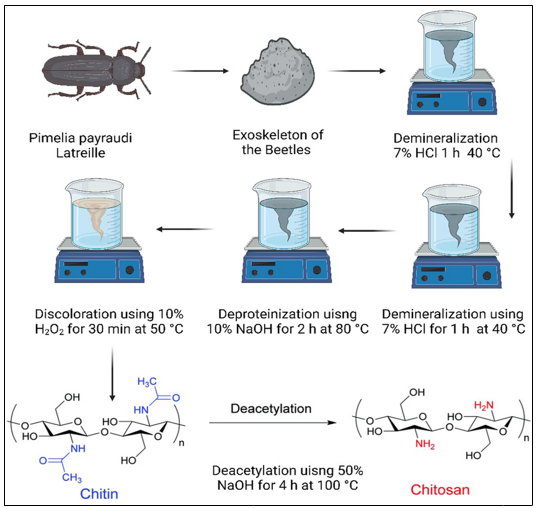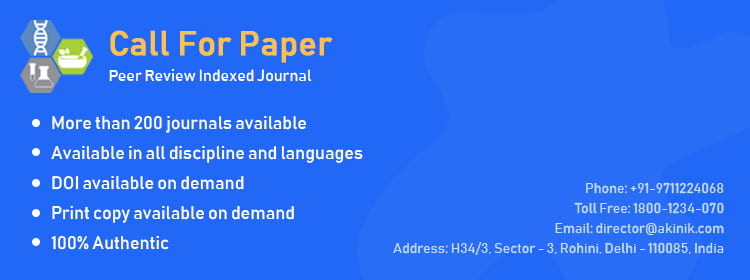- Printed Journal
- Indexed Journal
- Refereed Journal
- Peer Reviewed Journal

Journal of Pharmacognosy and Phytochemistry
Vol. 14, Issue 5 (2025)
Chitosan as a haemostatic agent: Mechanisms, applications, safety, and future prospects in emergency bleeding control
Suhani A Shah and Shyam J Patel
Haemorrhage is a primary cause of mortality in traumatic injuries, underscoring the need for effective and rapidly deployable haemostatic agents. Chitosan, a natural polycationic biopolymer derived from chitin, has shown promise in controlling bleeding in emergencies. This review examines the essential properties of chitosan, including its biocompatibility, biodegradability, and antimicrobial activity. A key focus is its haemostatic mechanism, which includes the electrostatic aggregation of red blood cells and direct platelet activation, functioning independently of the classical coagulation pathway. This characteristic makes chitosan beneficial for patients with coagulopathies and those on anticoagulant therapy. Additionally, the review discusses the variety of chitosan-based products available, such as powders, sponges, and hydrogels, and their positive impact on patient survival rates. It also addresses critical physicochemical parameters influencing efficacy, such as molecular weight and degree of deacetylation. Finally, current challenges, including solubility and mechanical strength, are identified, along with future directions for developing advanced nanocomposites and optimized biomaterials to enhance their clinical utility in emergency medicine.

Fig. 1: Derivation of Chitosan from the exoskeleton of Pimelia payraudi
Pages: 544-552 | 441 Views 262 Downloads









